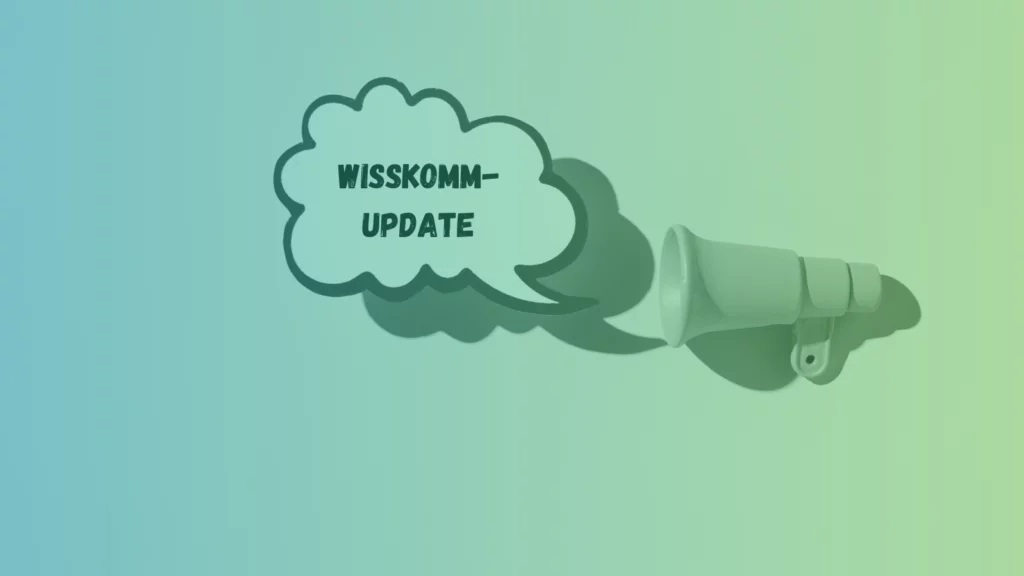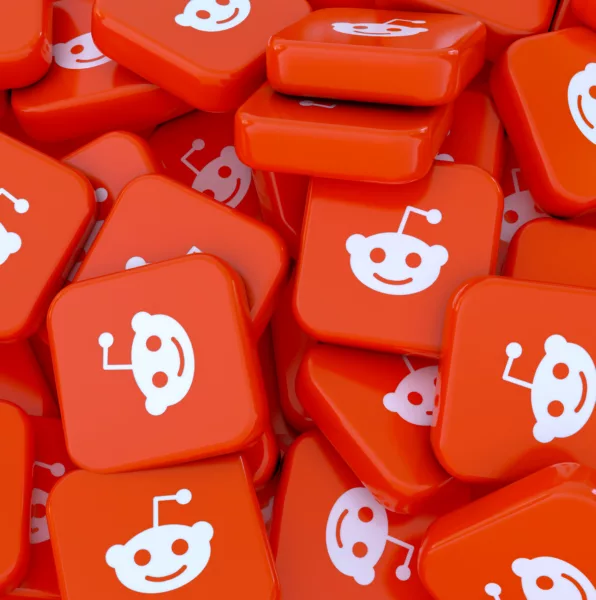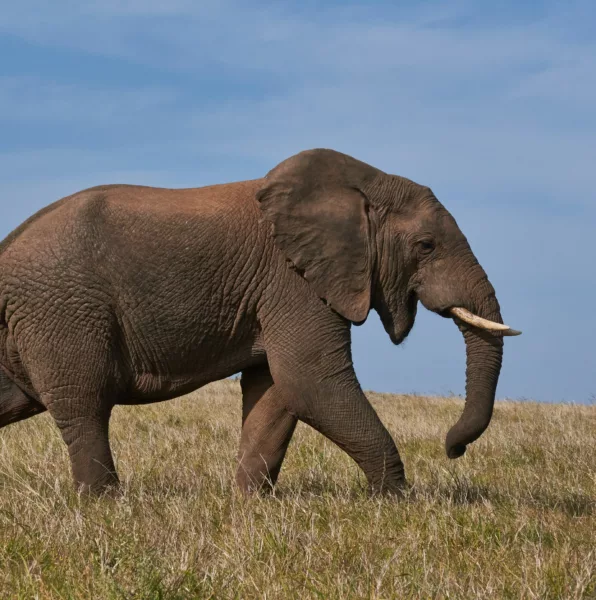What does science communication look like in Australia? Joan Leach talks about the historical development of the field, professional practice, research, challenging issues, the role of indigenous knowledge – and why she thinks it is often nonsense to talk about trust in science.
„Science is not always the solution“
You edited a book on global perspectives in science communication. If we take a look at Australia: How would you characterize the country’s specific development of the field?
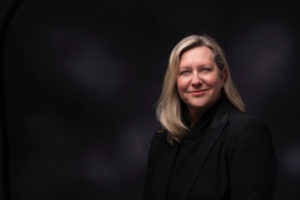
Joan Leach: Science communication in Australia was driven forward by the Commonwealth Scientific and Industrial Research Organisation (CSIRO) in the late 1960s, early 1970s – which is quite early. Like in the United Kingdom, science communication in Australia is heavily aligned with science in national policy, which has good and bad aspects to it.
In one way the roots of science communication in Australia are in a professional practice with helping scientists talk about their work. Besides this, there is another more academic research root. Since the 1990s, colleagues have been interested in looking at the science and society interface. They think of science communication with a more critical understanding as a way of talking about what happens across that interface. There are these two ideas sitting side by side: A very old professional practice but also an exciting research trajectory about understanding science and society issues. Sometimes these two things sit a bit uneasily with each other.
Why is that?
I think in Australia there is a lot of pressure for science communicators to work with what the government thinks of as national strategies and priorities—these priorities can include technology for manufacturing, critical minerals, health biotechnology, and other areas where science intersects with the economy or can have swift impacts. So those areas get a lot of attention. And they can distract science communicators. But, there are other concerns; there are a lot of issues around equity in science that we should talk about. Things like wellbeing or Public Health for example. So, the research suggests alternative priorities. That creates a bit of a tension.
How is training and education in science communication institutionalized in Australia?
In Germany, science communication is also becoming increasingly important when it comes to obtaining research funding or grants. Is that also the case in Australia?
There is some grant support that includes science communication in meaningful ways. Let me give you an example. We have the ARC Centres of Excellence here in Australia. They are large research centers. The funding includes science communication and the communication of research outputs: telling the world about the great things the centre does. But to be credible it also needs people working in the social sciences and humanities, looking at the science society interface to help guide that work.
I think here in Australia people are quite skeptical of the notion that science should just use science communicators to communicate their work. They think it’s probably not entirely credible and that there are other issues at play. It’s not the role of the science communicator to be the researchers’ marketing arm. There might be critical questions that people have and then it’s important to have science communicators respond to that, to put the research in the context of responsible innovation and ask important questions of the research’s design. That’s the kind of work that science communicators do here.
What challenges does science communication in Australia face?
This morning I was in a meeting with a group of scientists and people working in science communication and science policy. We were talking about the kind of communication that moves scientific evidence from policy into the public but also from science into policy. Scientists sometimes reject policy coming back to regulate science. But obviously there are a lot of challenging areas for communication at the moment: environment and climate issues, quantum innovations, data privacy, synthetic biology, genetic engineering. It is important to get scientists to listen to public concern. Because there are some pretty good reasons why regulators want to regulate certain fields and scientists resist that. So sometimes science communicators find themselves explaining policy to scientists.
What about the pandemic? Has this period affected trust in science?
On this point, I probably differ from a lot of people in science communication, because I think that talk about trust is often nonsense. Maybe it is just the wrong word, but it points at misleading concepts sometimes. Trust is an interpersonal quality. I think you can trust a scientist but it does not make sense to talk about trust in science. That is too big. It is like: Do you trust in nature? I think people mean something more specific. For example: Will you rely upon scientific information to decide if you wear a mask or not?
In polls we often ask the wrong questions. Polling can give you a snapshot of what people are thinking at one moment. And that can be very useful. But part of the problem is that you are bringing questions to people without context. Maybe the result of a poll is that people won’t except genetical engineering. But researchers who do more intense qualitative methods and spend some time embedded in the people’s way of thinking find very different results.
You also work on the ethics of science communication. What does that mean?
What role do equity, inclusion and co-creation play in Australian science communication?
In our center we do a lot of co-design with various people: indigenous groups, migrant groups, and others. We are not communicating to anyone, we are communicating with people and we are developing projects together. We do a lot with Pacific Island nations to work on issues of climate change. We have to be careful on how to align science communication agendas with those community agendas. What the communities want is sometimes not what a scientist wants.
Can you give an example?
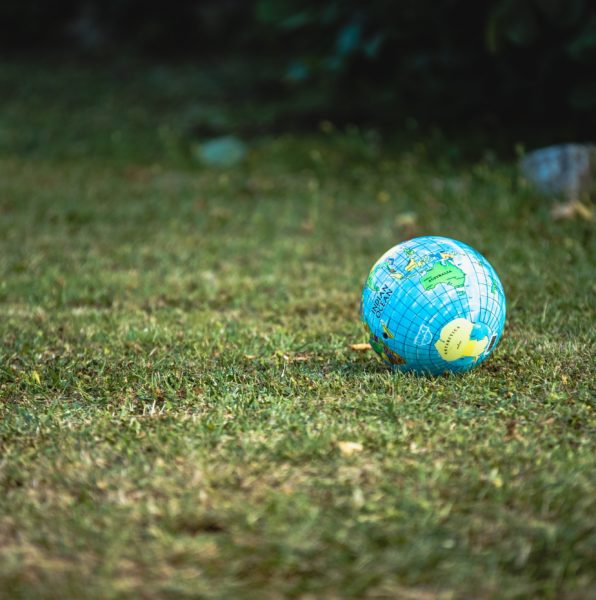
Australia has a long history of colonialism and oppression. How is that reflected in science communication – for example by the integration of indigenous knowledge?
There is a huge amount of thinking going on and a lot of learning that colonial Australia still needs to do. There are some bright spots of practice where for example indigenous rangers communicate about bushland in Australia and old firefighting practices. I think that indigenous rangers are a great example of where we can take lessons from very old traditions of observation. There is also great storytelling around indigenous astronomy that has been very instructive and can add to western scientific knowledge.
But we are still in a situation here in Australia where indigenous people suffer great disadvantage. So, there is a question about what role science communication should play. Right now, we need fundamental equity. Maybe science communication is something for later. But I think what science communicators can do is point out how valuable indigenous knowledge is as part of a strategy for equity.
